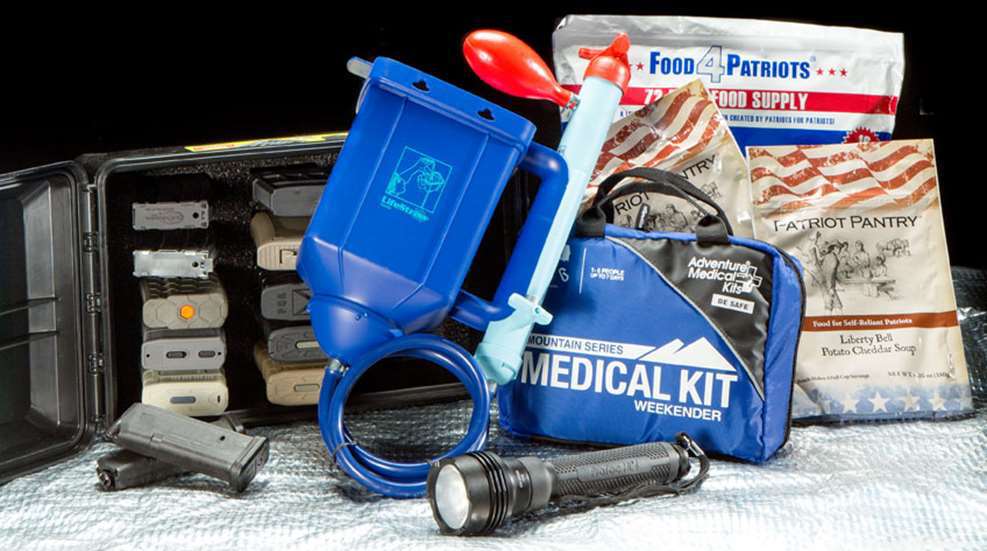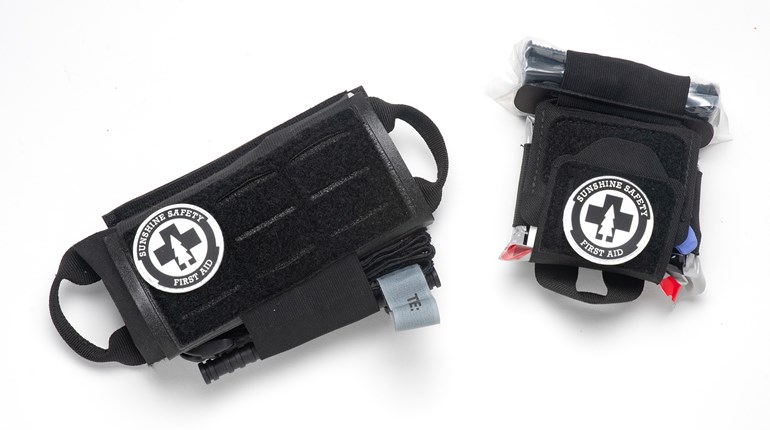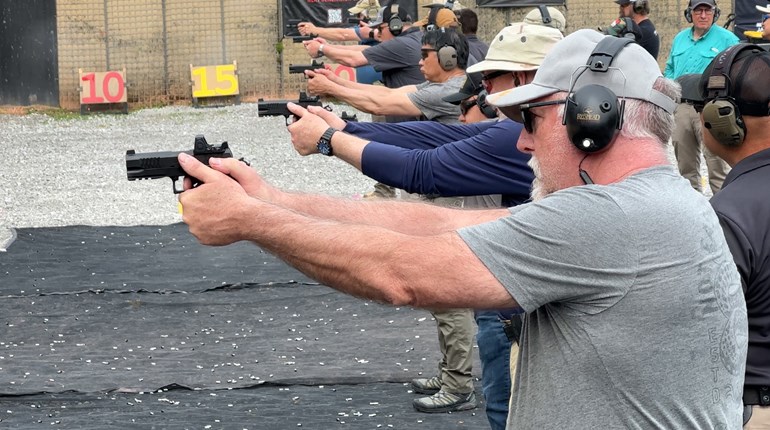
My mother and father grew up on farms. As a child, whenever my family visited our aunts and uncles on their farms, there would inevitably be spontaneous canning sessions and berry-picking outings that resulted in pantries and larders stocked with months worth of food (Side note: You’ve heard the phrase “Running around like a chicken with it’s head cut off”? There’s a reason why that phrase exists. Trust me on this.).
It’s not that there wasn’t food available, it’s just that my relatives understood that the infrastructure they relied on to provide them with food, power and whatnot might not be there when they needed it. Now, pick up that same attitude and drop it on top of modern society, and you have prepping.
Simply put, “prepping” is nothing more than the ability to spontaneously go camping at a moment’s notice for an indeterminate length of time, using only the gear you have near you.
While that sounds simple, the fact is for most of us, “going camping” requires more than a little forethought and planning, something unavailable when the walls are (literally) crashing down around you. You won’t have time to check if there are batteries available for the flashlight or if you’ve packed a medical kit. You’ll need it right this very second, with only enough time to grab stuff that’s in easy reach, or stay in your home for who knows how long, with little to no outside assistance. The trick is to make sure that you have, within easy reach, what’s needed to maintain yourself for a set period of time. The more stuff you have, the longer you can go without outside help.
When my family lived in Phoenix, we didn’t have much to worry about. The Phoenix area is remarkably free from natural disasters: There are no earthquakes worth mentioning, no forest fires, no tornadoes, no hurricanes, no blizzards. Life there was pretty good, unless the power goes out and the water stops, at which point, everyone there is in a world of hurt.
Now that I live in Florida, though, things have changed. There’s everyday disasters to worry about here, such as tornadoes, hurricanes, flooding and all manner of other mishaps. My relationship with the environment is different now. It’s more like it was growing up in western Canada, where I learned to keep blankets, sand and a shovel in the trunk of my car, because blizzards happen. In addition to this, there’s the threat of human-caused disasters, such as social unrest or an active shooter. Each of needs to assess the unique problems associated with where we live, and then get the training and supplies we need to take care of yourself and our loved ones for a given amount of time, without the use of society’s existing infrastructure.
What things are needed to accomplish this task will vary with where you live. When I lived in Phoenix, I had two hydration bladders within easy reach because I couldn’t count on finding water nearby (or anywhere else, actually). Here in Florida, water is not as big of a problem, although I still have a filter straw near me. I do, however, have a machete in the trunk, because the vegetation gets quite thick here. And let’s face it, machetes are cool.
I don’t believe in a “one bag to cover it all” approach to this sort of thing. Rather, I prefer a layered approach, with gear that takes care of my immediate needs on me at all times, and then extra supplies as needed. In addition to my defensive pistol, I usually have on my person a flashlight, a folding knife, pepper spray, a tourniquet and my phone. In addition to being my primary communications device, the phone has apps for storm alerts and to monitor emergency radio frequencies. In my car, there is a small bag that has everything I need to get along for 24 hours outside of the home or office. Finally, at home, I have that object of so much internet chatter, the bug-out bag.
What should be in your bug-out bag? Again, consider it to be a camping trip, and plan around the outdoor survival rule of threes:
- You can last three minutes without oxygen (this includes severe bleeding that reduces the blood flow to the brain)
- You can last three hours in severe weather, so some form of shelter/firemaking is a must
- You can last three days without potable water
- You can least three weeks without food
If your “bug out bag” has three different fishing kits but no means of collecting and purifying water, your priorities need some examination. It’s also interesting to note that some of the most useful things I’ve carried around in my trunk these last few years hasn’t been my bug-out bag, it’s been a strong flashlight and a set of jumper cables. After all, being prepared means being able to deal with all of life’s ups and down, no matter how large and small.





































